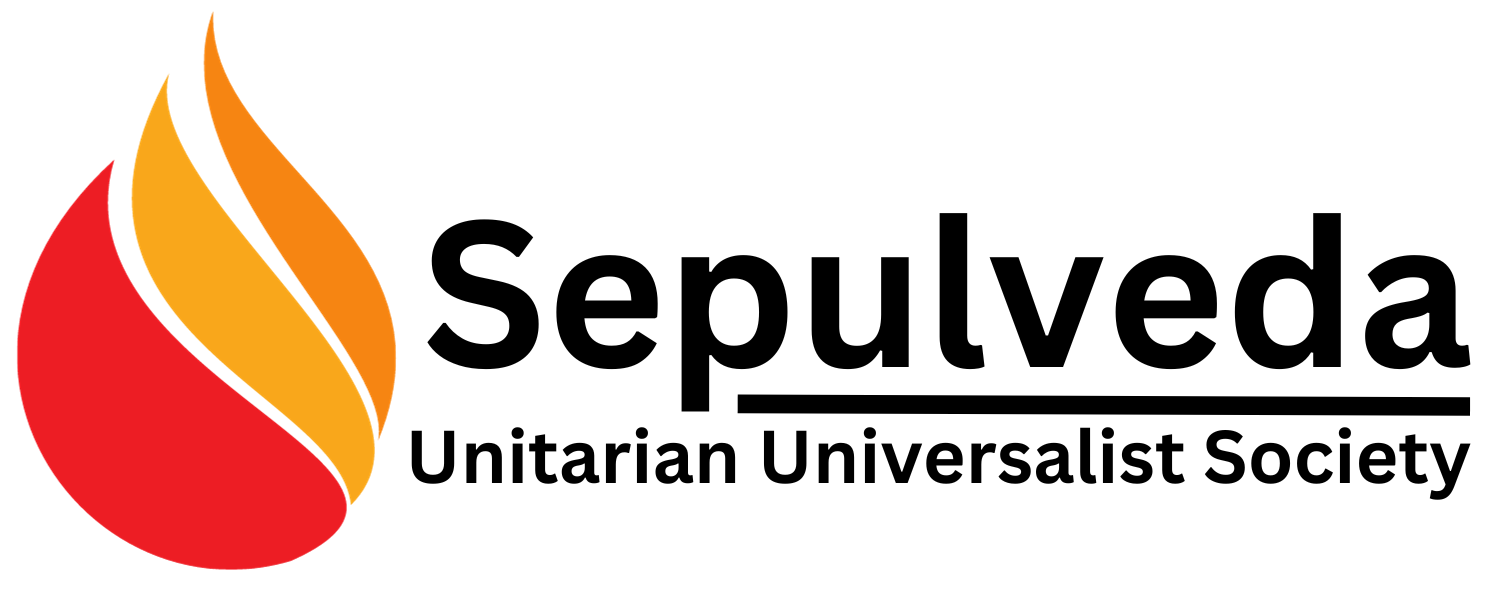Day 21. What Does Accessibility Mean to You? – Defining Inclusion in Faith Communities.
Accessibility is more than ramps and elevators—it’s about creating communities where everyone can participate fully and meaningfully. The commitment to accessibility is woven into our values of inclusion, dignity, and justice. But what does accessibility mean to you? How do we, as individuals and faith communities, ensure that our spaces, rituals, and interactions honor the needs of all members?
Accessibility as a Value
At its core, accessibility is about removing barriers—whether physical, sensory, emotional, or social. In faith communities, this could mean ensuring that worship services are wheelchair accessible, offering materials in large print or Braille, or using inclusive language that respects people’s identities and experiences. But accessibility also includes cultivating a culture of empathy and understanding where people feel safe to share their needs.
For me, accessibility is about recognizing and affirming the worth of every person. It’s not a checklist of accommodations but a continuous process of learning and adapting.
Accessibility in UU Communities
Many faith communities are working to embody accessibility in innovative ways:
- Offering live-streamed and hybrid services to include those who cannot attend in person
- Using closed captioning, ASL interpretation, or multilingual services
- Creating sensory-friendly spaces for neurodivergent individuals
- Hosting support groups and advocacy workshops for individuals with disabilities and their families
However, we also have work to do. True accessibility requires listening to those directly impacted and centering their voices in the conversation.
Resources to Explore
- Books and Writings:
- “Disability Visibility: First-Person Stories from the Twenty-First Century,” edited by Alice Wong – A powerful collection of essays by disabled writers and activists
- “My Body Is Not a Prayer Request: Disability Justice in the Church,” by Amy Kenny – Insights on dismantling ableism in faith spaces
A Call to Action
Let’s ask ourselves what accessibility truly means—not just as a physical concept but as a spiritual practice. How can we create faith communities where every person feels they belong, where their needs are not just met but anticipated with care and respect?
Accessibility isn’t just a goal; it’s a reflection of our values. By committing to ongoing learning and action, we can build a faith that embodies radical inclusion and justice for all.
Invitation to Reflect
We invite you to take a moment to reflect on the ways you can support accessibility and inclusion in your communities. How does your congregation define accessibility? What steps has your community taken to ensure full participation for all members? How can we move beyond accommodations to create spaces of true belonging?
Together, we can work to ensure all community members feel welcome and included in our spaces.
Learn more: The ADA National Network provides education and support related to the Americans with Disabilities Act.
Wholeness is not a fixed state; it is an evolving practice of acceptance, compassion, and justice. Together, let us explore what it means to bring wholeness into our own lives, our congregations, and the broader world.
#UU #UUA #CelebrateDiversity #DisabilityAdvocacy #InclusionMatters
Discover more from SepulvedaUU
Subscribe to get the latest posts sent to your email.
